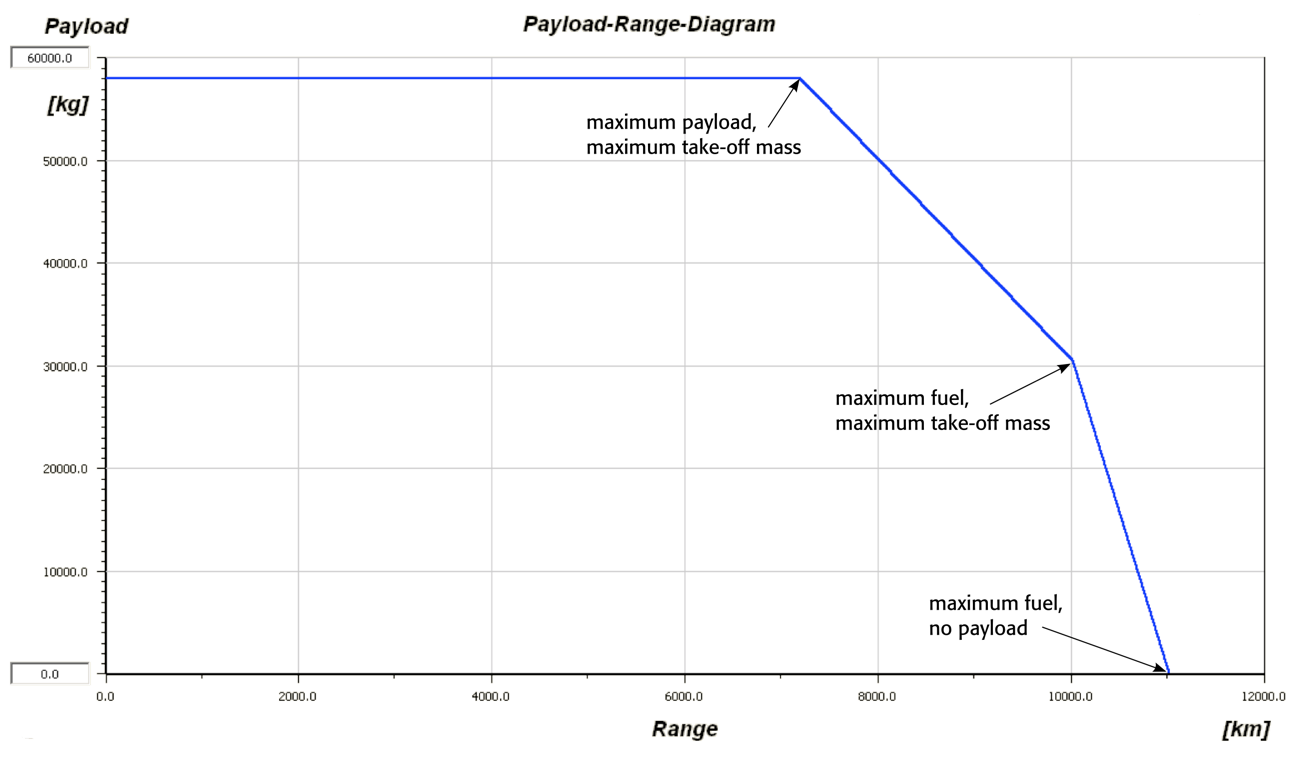First of all, yes, there are tricks to get the aircraft fly farther. You can leave the payload out, this will allow you to fill all fuel tanks without reaching the maximum take-off mass. Less mass means less induced drag, so you can fly higher and at a lower fuel flow. It will also allow you to install temporary tanks to carry even more fuel than the aircraft was designed for. That is how small GA aircraft get transferred from the US to Europe.

This is a typical payload-range diagram with the three distinct points: Maximum payload, maximum fuel and transfer range with no payload. The slope between maximum payload and maximum fuel points shows how well the additional mass of fuel is converted into range (mostly due to engine efficiency), and the slope of the lower segment between maximum fuel and no payload shows how much the weight reduction increases range (due to induced drag reduction).
In jets and turboprops, you can use higher-density fuel (PDF) which gives you more energy per volume in order to get a few more percent of range. And if all fails, you can disassemble the aircraft and ship or fly the parts over. If the range is not sufficient, the plane will be small enough and will be designed for easy dis- and reassembly.

Short Belfast being loaded with JetRanger (own work)


